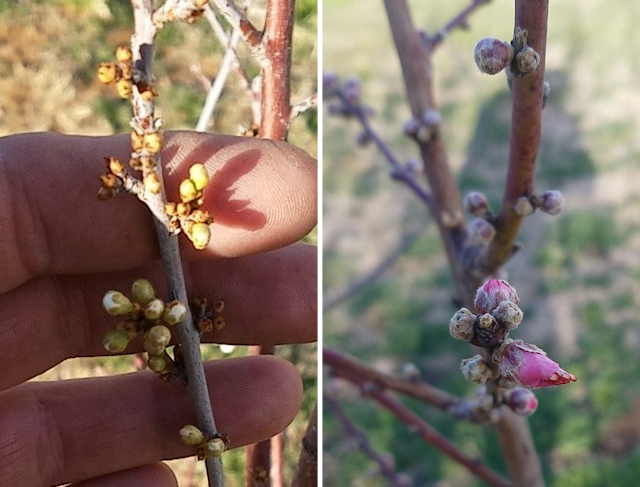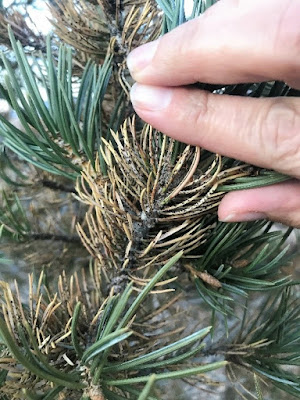Late Frost Fear: Protecting Fruit Trees from Losing the Entire Crop to Freeze Injury

Southwest Yard & Garden by Dr. Marisa Thompson UPDATED 3-21-22 with some very uplifting news... scroll to the bottom! Plum buds (left) are in “bud burst” and “first white” stages of floral development. Thirty minutes of exposure to temperatures in the mid-20s are expected to kill 10% of buds in these stages, and temperatures in the low 20s might kill as much as 90% of the flower buds. Peach buds (right) in this “first pink” stage are slightly more resilient than plum buds. Temperatures in the mid-20s are still expected to kill 10% of the buds, but in order to kill 90% temperatures would have to drop into the mid-teens. Photo credit J. van der Ploeg. Question : How can I protect my backyard peach tree from losing fruit to late frosts? - Submitted via Patrick Kircher, Roosevelt County Extension Agriculture Agent, Portales, NM Answer : This is a tough one. There’s lots of advice out there for things that might help (emphasis on the “might”). Your options for protec

